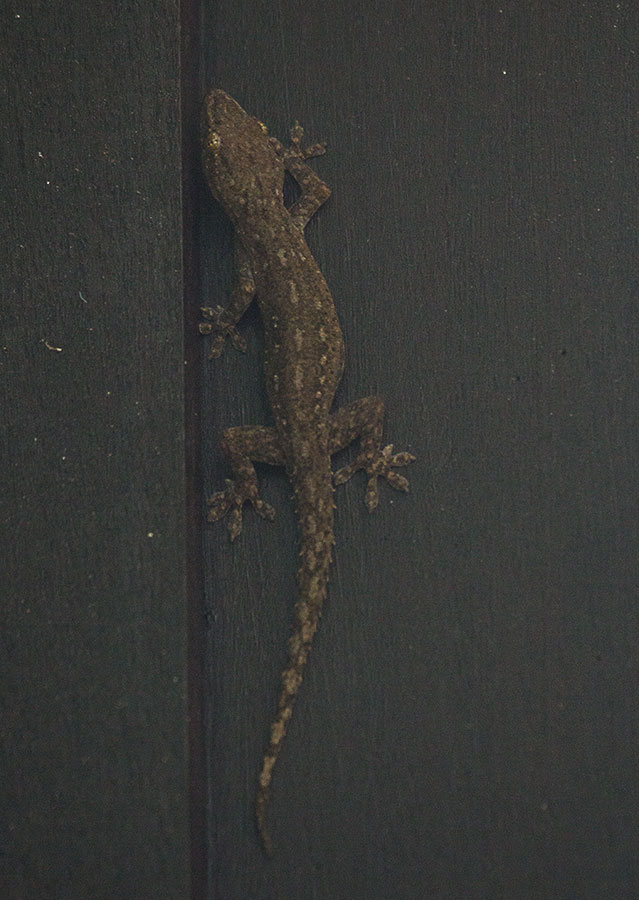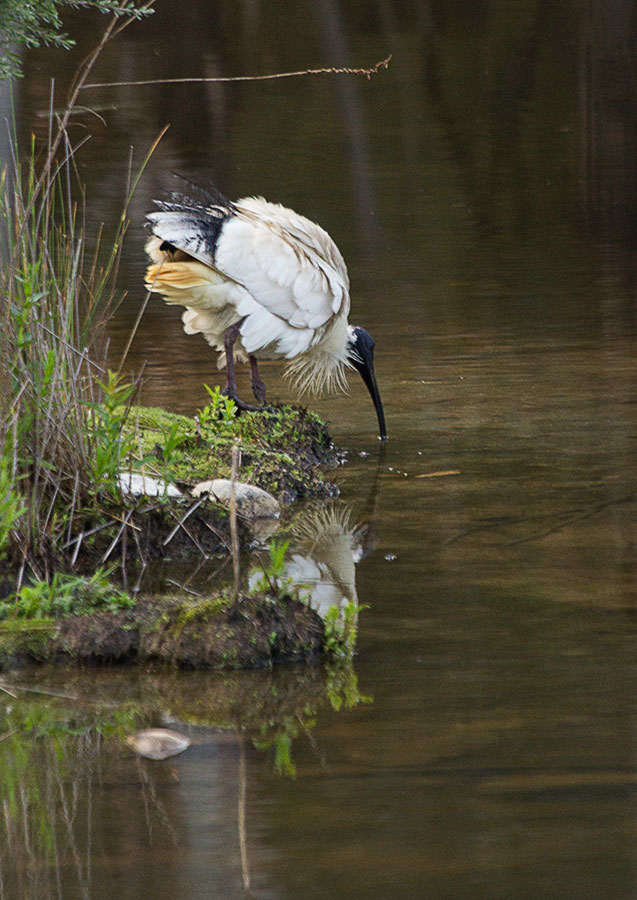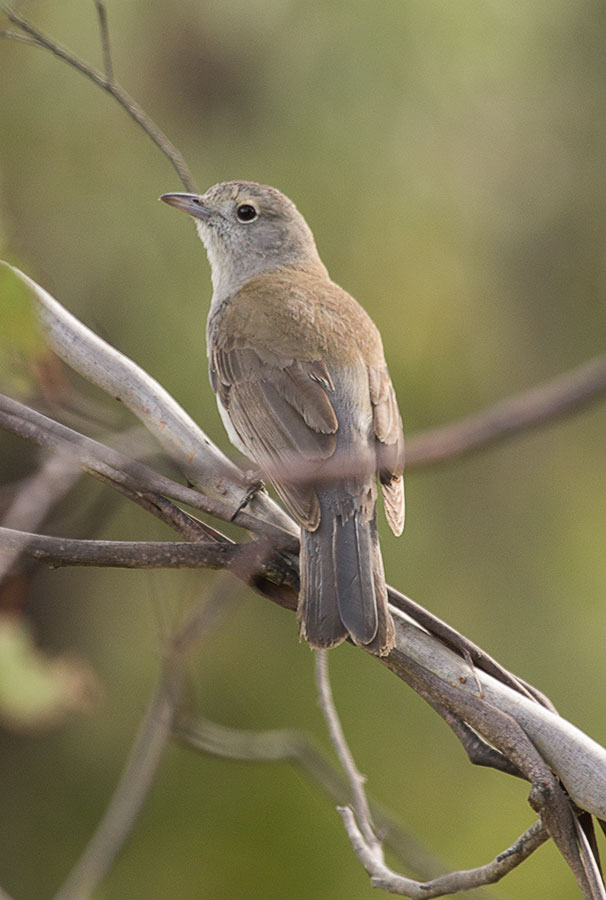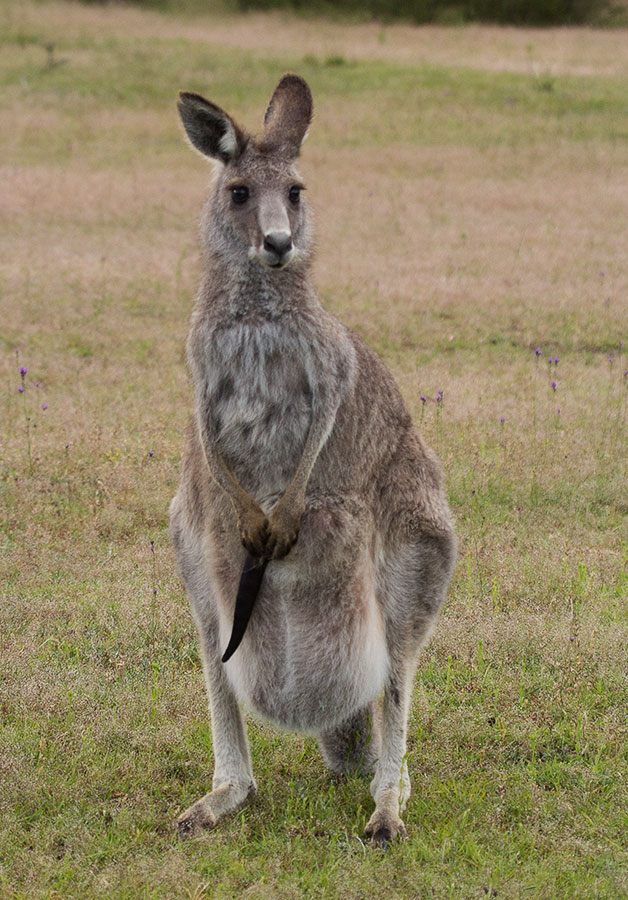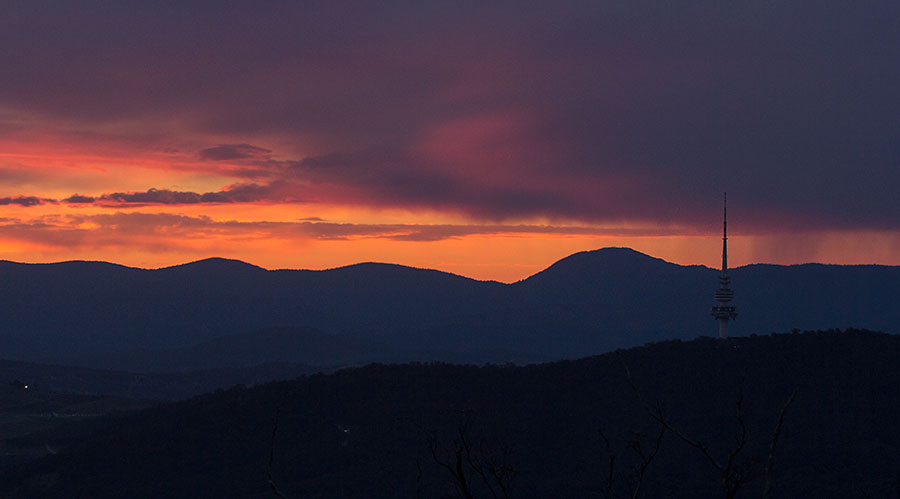Singapore: a truly green city
Our month-long odyssey to Australia and New Zealand was coming to an end but we weren’t going home without squeezing in one more bit of exploration: the wonderfully green city of Singapore. We had stopped-over here on our way out to Sydney but only for a couple of hours; on the way back we were going to make the most of it with a four night stay. We managed to check in early thankfully having landed at only just after 6am and after a couple of hours napping we were soon heading out to start our stopover in style.
Our first stop was the Gardens by the Bay where we began in the Cloud Forest Dome. There was a sculpture trail to follow including an exhibition of modern sculptures by an artist who had taken their inspiration from the natural world. The works featured enormous recreations of two types of flower which had been combined into a single bloom to create a strange imagining of a hybrid. There were also plenty of smaller, more traditional sculptures to look out for hiding among the foliage.
The most impressive feature had to be the wall of vertical planting creating a huge green “mountain” at the centre of the glass dome, which we steadily climbed through various exhibits and planting zones. It made a staggering backdrop to the world’s largest indoor waterfall (or so we were told!) which plummeted from the top to basement level in a single drop. Clearly a lot of work goes into maintaining the huge variety of plants and making sure the biome looks its best for visitors. We spent some time watching the gardeners high at work on their abseiling ropes tending to some of the higher bits – not a job for the faint hearted!
On reaching the top we were greeted by another slightly odd sight, it was an area of wet planting with lots of wonderful carnivorous plants. What’s odd about that I hear you ask… well, the Lego imitations in among the real thing would be a starting point. Some, like the Rafflesia, were close to life-size but others were much larger. I have to say that it was rather effective though, many of these plants are small and can seem insignificant in larger installations and so by making them eye-catching it added another dimension. There is the added bonus of drawing children in by using Lego too, there were several having discussions with their parents about what they were looking at and I think that, despite the fact that Lego is plastic, it is really important to try and engage the younger generations with nature, so if this encourages them then why not?!
We continued with a wander round the Flower Dome which has a more mediterranean climate. With Christmas approaching, a large portion had been devoted to rather twee Christmas grottoes and the like but we did enjoy the rest and I found the perfect display for me, I felt like stepping right in and taking a bite of the mushroom…
…I do love a pun from time to time!
We then headed out towards the super tree grove and to explore the rest of the gardens. Unfortunately for us though we were caught in a monumental downpour which didn’t abate and rather than get soaked to the skin we decided to make a break for it and return to the hotel to relax.
The following day we decided to be a little more adventurous in our exploration. I had wanted to visit a wildlife reserve while in Singapore, of which there are a surprising number considering the whole island is a city. We chose Sungei Buloh reserve and hopped on the MRT (train) to get there. After about an hour riding the length of the island and hopping on a bus for the last leg, we arrived. We were greeted by some enormous Rhinocerous beetles thundering round our heads as they bombed from bush to bush and a Changeable Hawk Eagle alighting in a tree a short distance away. We were off to a good start!
Before we even reached the visitor centre our attention was taken by the quantity of Dragonflies over a small reedy waterway. There were some stunning specimens with wings that looked as though they’d been dipped in deep red velvet but they were mostly just out of reach for a decent photograph. I did manage to capture this female Scarlet Skimmer posing nicely on a reed though.
Walking a short way further on, I spotted movement among the reeds again and we noticed a couple of these Changeable Lizards just hanging around, watching people come and go. They were trickier to see than you might imagine looking at the contrast between them and the reeds in the photo below, waiting for one to move proved key in narrowing down their precise location.
Having picked up a map of the reserve we headed on in and within moments we were admiring all sorts of wonderful species. The area just beyond the entrance was thickly vegetated with large shrubs that quickly gave way to full size trees. Among them several were in full bloom, covered in bright tropical flowers. One of the larger blossoms had crinkled petals that reminded me of scrunched diaphanous crepe paper that the light shone through with a golden glow. This was Simpoh Air and each flower was several inches across framed by huge, glossy leaves.
As the trees closed in we took a path that led to the right and towards the muddy shore. A small flock of Asian Glossy Starlings feasted noisily on the fruit of a palm tree overhead and a school of fish made the water just offshore appear to boil as they all shot to the surface. We were wondering what might cause them to do this and began to approach the railing where the path overlooked the water when suddenly a large Water Monitor, spooked by our presence presumably, shot out of the undergrowth. Neither of us had seen it and I have to admit it gave us quite the fright but it was the first of many that we saw around the reserve. Several posed beautifully while others skulked off into the bushes.
This individual seemed particularly nonchalant and allowed me a closer portrait – I will add here that I used my telephoto for this. It was amazing to see these stunning reptiles at reasonably close quarters but I didn’t want to disturb them more than necessary.
There were plenty of smaller things to look at too. This Black Forest Grasshopper was one of the first invertebrates that we spotted despite the hum of life in the forest being almost deafening.
The path we had chosen wound loosely along the coast, weaving inland through densely wooded areas before leading through mangrove swamp to the water’s edge. On a boardwalk area which overlooked a stretch of water separating Singapore from neighbouring Malaysia, we had lovely views of a Striated Heron which had found a barnacle crusted perch among the mangrove roots.
In the shallower sections beneath the mangroves, Blue Spotted Mudskippers made their presence known either flopping their way across the mud or splashing through puddles. At one point we came across a pair which appeared to be fighting if you could call it that, posturing at one another and butting against each other.
There were also Singapore Tree-Climbing Crabs scuttling around in the mud, sifting through it for particles of food washed in on the tide. Their vibrant blue-purple legs and magenta-red claws were surprisingly hard to see and again, it was their movement that gave them away among the tangled mangrove roots.
Another bird caught our eye as it landed higher up among the arched roots and low branches, a Collared Kingfisher.
Wandering back inland we came to a glade in the forest where there were a few scattered shrubs in a more meadowy habitat. In one of these shrubs I spotted a pair of tiny birds and we watched them foraging for a short while. The male was more vibrant and thus easier to follow than the female, with a bright red cap and back against a dark inky blue head and wings. We were later able to identify them as Scarlet-Backed Flowerpeckers.
Nearby, we came across some small ponds where a group of school children were earning about the importance of the wetlands. There were lots of reeds around the ponds and I was curious to see masses of pink eggs up the stems just above the water line. With a little research I came to learn that they were the eggs of the Golden Apple Snail, a popular addition to aquariums and an introduced species to Singapore.
In addition to the reeds and rushes there were some more interesting flowers here too, the yellow-orange blooms of Candle Bush. Yellow-Vented Bulbuls chattered from the neighbouring trees but evaded a photograph by darting back into the foliage every time I lined up my lens!
We soon came to the Wetland Centre and were greeted by the Dog-Faced Fruit Bats hanging in the roof of the porch.
There were some small pools around the centre too and we watched a Water Monitor casually swimming across the larger one and clambering out on the other side. The pool held a variety of colourful fish, the most noticeable of which were another introduced species, the Mayan Cichlid. Their vibrant patterning makes their appeal for the aquarium trade apparent but it is a shame to see yet another non-native species in such a small fragment of valuable habitat.
There was yet another invasive species just round the corner sitting on a log too; a Red-Eared Slider. Reported to be the most traded turtle in the world and native to North America, these turtles are becoming problematic in many countries worldwide as a result of the pet trade.
Leaving the Wetland Centre, we followed a trail round the Mangrove Boardwalk where we watched Plantain Squirrels race around the tree tops after one another. The insect noise here was greater than ever, much my husband’s dismay and my delight. There were all sorts of wonderful critters to be seen and heard, the cicadas were the loudest, though tricky to locate we did find a few but the light levels made photography tricky without a flash. I did manage a decent shot of this bee though.
There were several birds here including House Crows and a gorgeous Oriental Pied Hornbill. Sadly I didn’t get a sharp image of the latter but mostly because I was too busy marvelling at the proximity of our encounter with this beautiful bird. There were plenty of butterflies around too such as this Common Palmfly.
This Oakblue Butterfly is one of several very similar species. I haven’t got the knowledge to narrow it down to species level and indeed my images may not contain the information required to do so, but it is another undeniable beauty.
One of my favourites from the day was this Blue Glassy Tiger which had the most stunning black and white markings.
Moving on, we soon came to a bridge over an inlet where we spotted a baby saltwater crocodile, about 18 inches long, languishing in the shallows.
At the far side of the bridge we came across a much larger individual, maybe 6 or 7 feet long, resting just beneath the water with only its eyes and nostrils breaking the surface. There were plenty of signs around reminding us not to get too close, thankfully despite seeing several other large crocs around the reserve we didn’t need to take action as they largely ignored us.
A little way beyond the bridge a smaller reptile caught our attention, a dark coloured gecko which was trying to hide on the back of a noticeboard. I haven’t been able to identify what species it is but would welcome any help available!
We continued on a circular route round some scrapes where migratory waders fed and egrets perched in the surrounding trees. As we neared the bridge once more we came across another lovely bird, the Spotted Dove. Sadly for me the light was not kind as clouds had rolled in but I managed a reasonable record shot.
As we crossed the bridge back to the main part of the reserve once more we spotted another large croc on the far shore, basking among the spiky mangrove roots, jaws agape as if waiting for the nearby White-breated Waterhen to wander into range.
After a wonderful day exploring the wilder side of Singapore, we returned to the MRT station just as the heavens opened and returned to our hotel to unwind.
The next couple of days we spent doing the more touristy bits that one would expect in Singapore, drinks at Raffles, visiting various museums and galleries plus a lot of dim dum restaurants! In between we found time to relax by the rooftop pool on the 35th floor (don’t worry, there were plenty of safety rails, where necessary, to keep everyone safe up there!) where we got glimpses of some of the city adapted species that make Singapore home. One that surprised us a little was the Brahminy Kite, these large birds were regularly seen soaring over and among the skyscrapers.
Another bird that we particularly enjoyed watching was the swifts which came to enjoy the pool with us, dipping in to take a quick wash at high speed.
Our last evening we went for a final meal at the Marina Bay Sands which afforded us a brilliant and memorable view over the rest of the city as dusk fell. It made for the perfect end to our travels and although we were sad that our adventure was coming to a close, we were happy to be heading home after a month away.


























